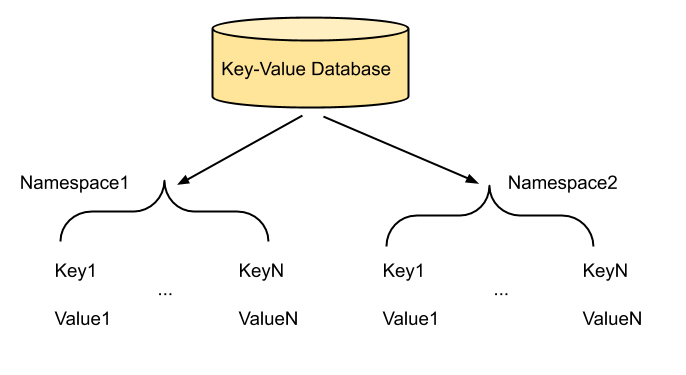The Next Big Step
May 22 2020

Update (June 10, 2020): we have a better solution to this problem, see "View Differently"
Kevacoin key-value database is very easy to use. If you are a developer and have played with key-value databases like Redis, etcd or Amazon DynamoDB, you will be right at home. All you need to do is download and install the wallet, sync with the network, get couple Kevacoin, and you are ready to write to the database using some simple commands or the desktop wallet GUI.
Remember that you are writing to the global database, how can you be sure that the key you are going to insert in the database has not been used by other people? Kevacoin solves this issue by introducing the concept of namespace. First you create a namespace, which has a network unique ID, then you can insert whatever key-value pairs in this namespace without conflict with other people’s data.

You start to publish your wiki project on the blockchain with all the content stored in your own namespace. The wiki reaches everywhere in the world, and it gets very popular quickly. Many readers want to contribute to the project by adding or editing content. Now you have a problem, you are the only one who can write to the namespace because you created it with your private key and it cannot be cryptographically tampered with by other people. This is great for security but really inconvenient for programming. It means users have to write in their own namespaces and it is hard to bring all these namespaces into a coherent structure. It is hard for them to cooperate in the project.
What if you can give other users the right to write in your namespace? That is a much better improvement! But what if they misbehave? We believe you want to revoke their right in this case. How about they are so good and reliable that you want to delegate more responsibility to them? That should be supported too. We call this capability “Access Control”. It may sound boring but it opens the door for many more opportunities and makes Kevacoin much easier to use and more flexible for different use cases. With this important feature, Kevacoin will be ready for much greater adoption.
This is what we are going to implement in Kevacoin in the coming months. We will start with a Kevacoin Improvement Proposal (KIP) for the community to review. This may require a protocol upgrade but if handled carefully, it could be a soft fork so that users can gradually upgrade their wallets. In any case, it should be easier than the hash algorithm change that happened less than a couple months ago.
Image by David Mark from Pixabay